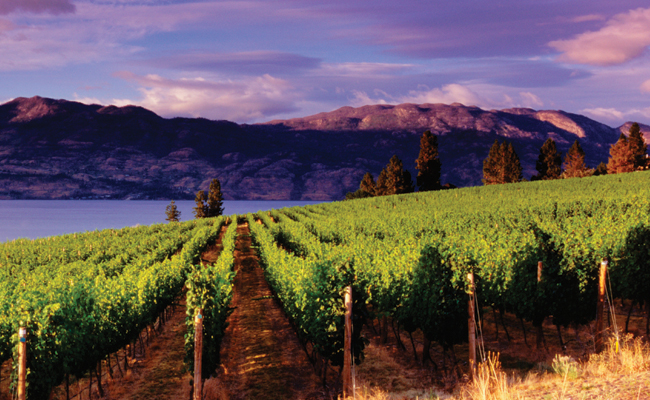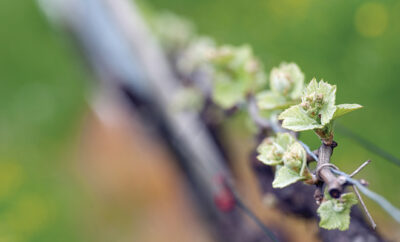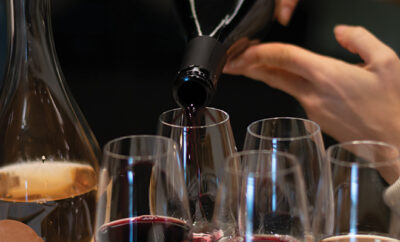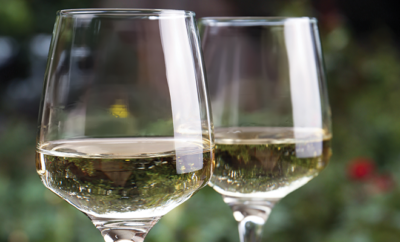
What is Viticulture?
Let’s face it—when you first hear the word viticulture, it might sound as foreign and strange as the amazing health elixir “Vitameatavegamin,” pitched by Lucille Ball with such enthusiasm in an I Love Lucy broadcast in May 1952.
Easily put, a viticulture region is a wine grape region versus an agricultural region focused on crops and livestock farming. Viticulture areas are located throughout the wine regions of the world, including highly acclaimed California, the Pacific Northwest, New York State’s Hudson Valley region, New Zealand, Australia, Spain, France, Germany and so on.
Cool evenings and warm days tend to be an ideal starting point that allows a range of both red and white grape varietals to flourish. Growers try to obtain consistent levels of growth from year to year, adjusting to changes in rainfall and heat. Ideal grape regions have less rainfall during the most critical stages of bud growth and consistent quantities of spring rainfall so that grapevines adjust, creating the ideal flavors the grapevine manager has in mind either to sell or to produce wine on the estate.
Viticulture vs. Agriculture vs. Terroir
The study of viticulture is the study of cultivating grapevines. Typically, and not surprisingly, top educators of viticulture are located in highly acclaimed wine-producing regions such as University of California at Davis and California Polytechnic State University, San Luis Obispo. Often, viticulture and agriculture coexist, because what’s good for grapevine cultivation is often good for happy cows as well. Perhaps that’s why wines and cheeses of the world are so well matched (stay tuned for next month’s issue!) for flavor, texture and aroma.
Terroir is critical to grapevine cultivation and must be included for just a moment. While it’s important to tend, grow and harvest the highest-quality or volume from the grapevines, it’s the terroir that affects just how the vineyard experts achieve their desired results. This third component considers daytime/nighttime temperatures, fog/frost, moisture/dryness, soil runoff and elements such as natural phosphorus, sand, rock and elevation. It’s impossible to have successful viticulture programs without applying the uniqueness of the terroir specific to the vineyard location.
Viticulture and terroir combine in the United States as American Viticulture Areas, or AVAs, that by definition contain unique water sources, elevation and seasonal weather aspects. These aspects are unique to a specific area where winegrapes are grown. Profound influences truly create growth and flavor differentials for the same grape grown in two different AVAs. For example, the California wine grape regions of Napa, Sonoma and Paso Robles, with proximities to the ocean breezes, all have unique degrees of temperature that vary into evening hours, creating distinct AVAs that are reflected differently in the grapevines.
History and Value of Viticulture
Many notable viticulture areas started out with an agricultural focus and then were settled and managed by multiple generations. Example, the Clarksburg wine grape region in Northern California was originally founded after Robert C. Clark first settled in the area in 1849. Prominent wine growing families still exist in the area today, such as the sixth generation of the Bogle family managing their vineyard. Overall, the viticulture area can be an indicator of the wine quality because that unique AVA has an effect on the grapevine management, harvest and subsequent wine.
As you likely already know, some viticulture regions have more caché or panache than others for a variety of reasons. Why do we use viticulture labels to price and select wine? The reason is simple: quality and value. Consider your next purchase of a special bottle of wine. Let’s say you’ve narrowed your choices down to three bottles of nice wines (a frequently difficult task!): a Burgundy from France, a Malbec from Argentina and a Barolo from Italy. How do you choose between three distinctly different AVAs if factors such as food pairing, price and pretty labeling are similar? Perhaps you’ve traveled to one of the regions or you just love Barolos no matter what? Now let’s make it fun. What if one of the choices is a Cabernet Sauvignon from Rutherford of Napa, California? Whether it’s a sophisticated decision or not, many folks will go for the name-brand AVA regardless of the other high-quality options.
Whether we’re selecting a wine for tonight’s dinner or a special celebration, the pressure is on. The truth is, there’s so much innovation in grapevine management that many viticulture areas provide immense value per dollar that we may have previously overlooked due to biases or not placing an adequate level of quality on certain wine-producing regions.
As wine enthusiasts, let’s explore as much as possible. Without a passport, this can be accomplished by asking our retail wine expert about the quality of the viticulture region and terroir listed on the labels. Try a few and make a night of it; don’t let your assumptions about wine regions get in the way of your enjoyment and education. Then let us know what you’ve discovered! HLM
Sources: nbcnews.com, wikipedia.com.







